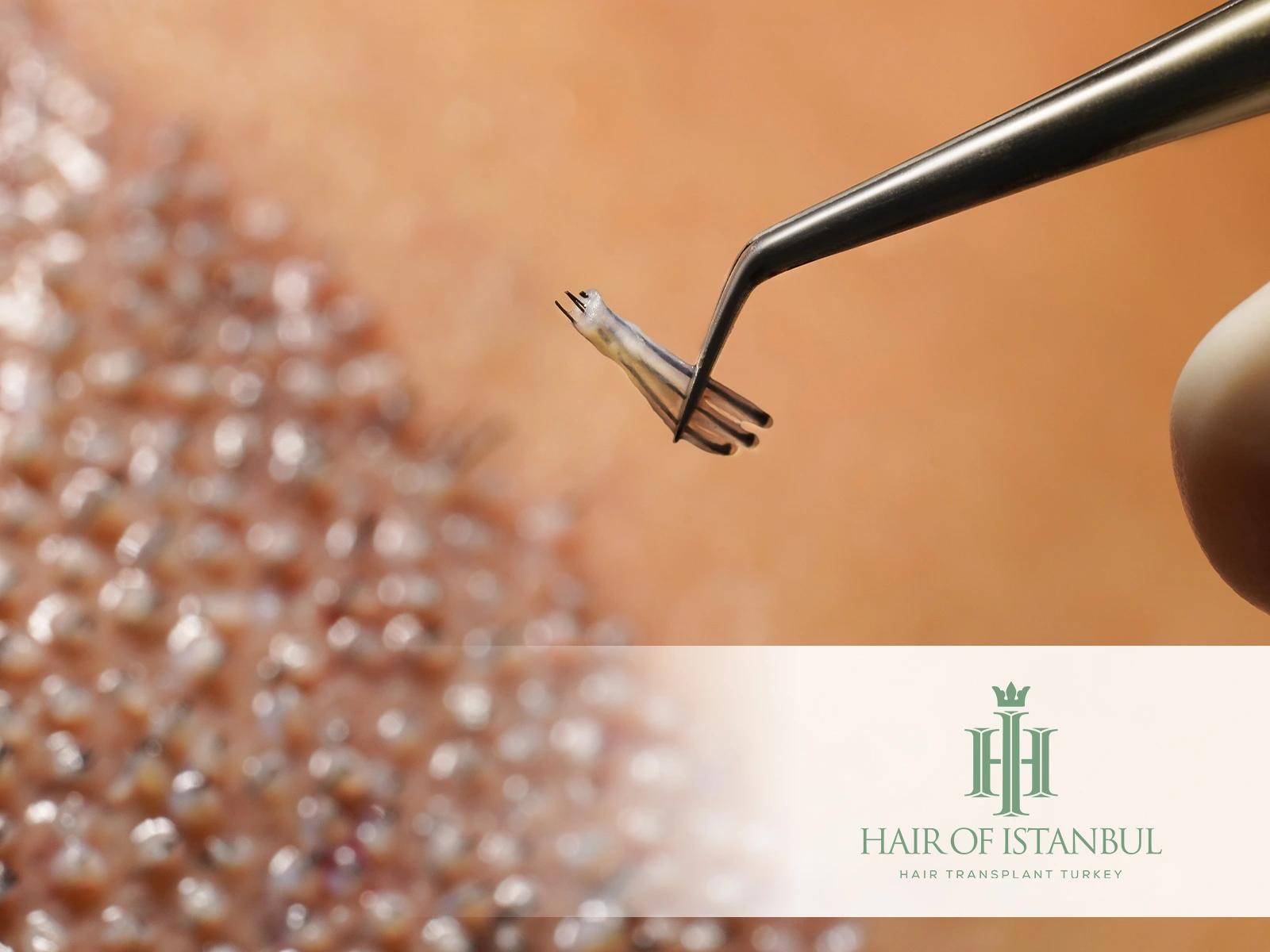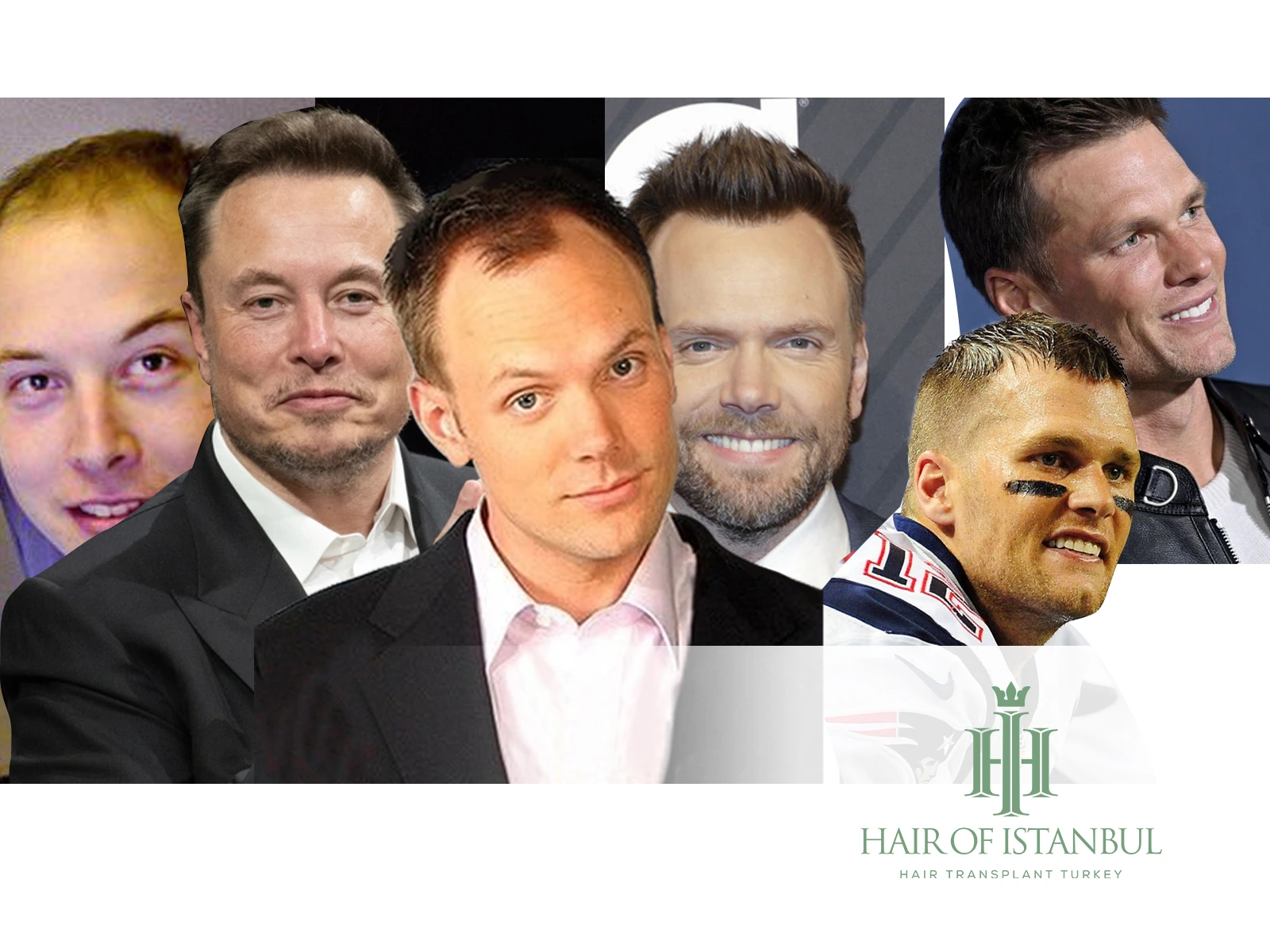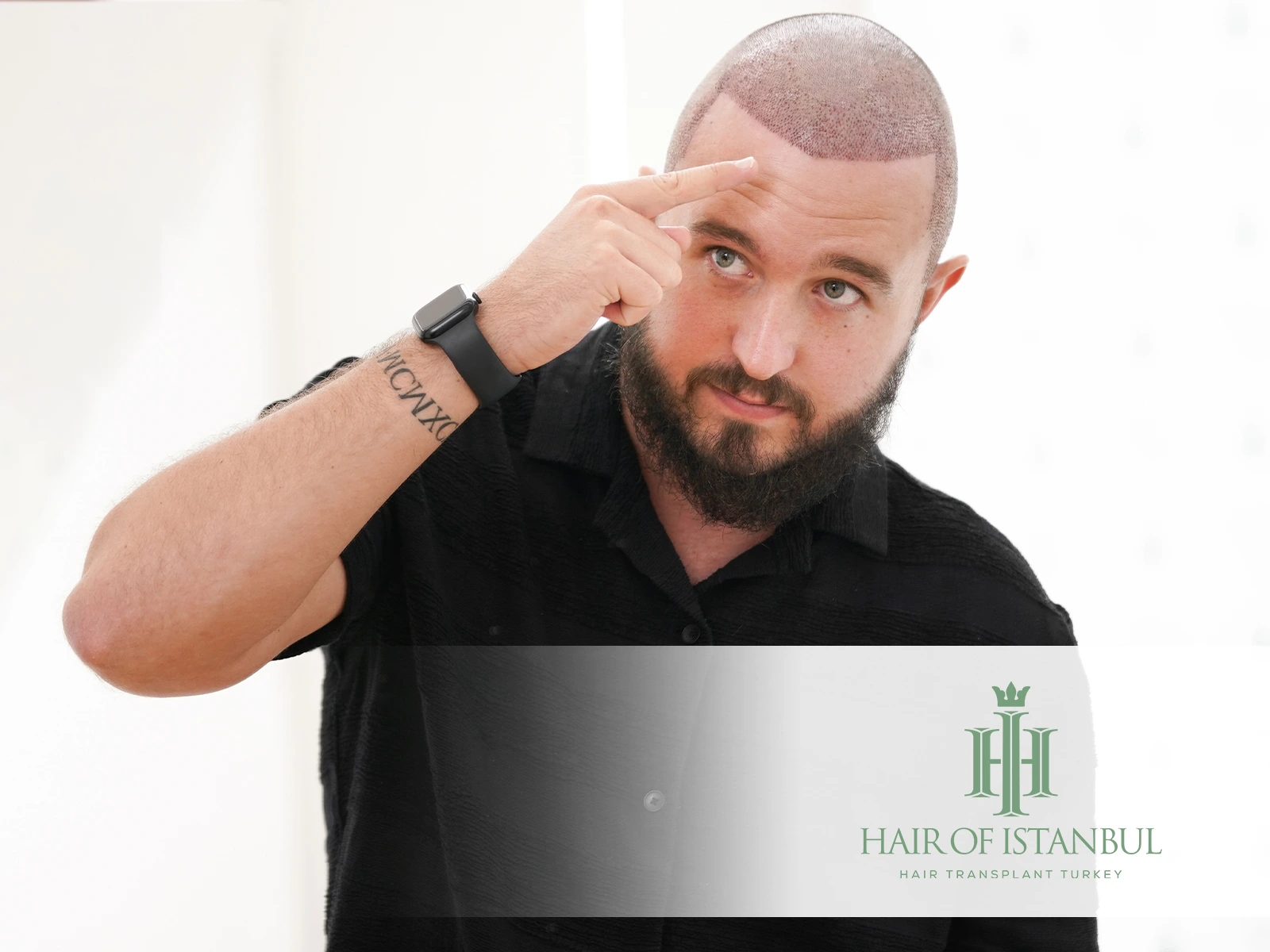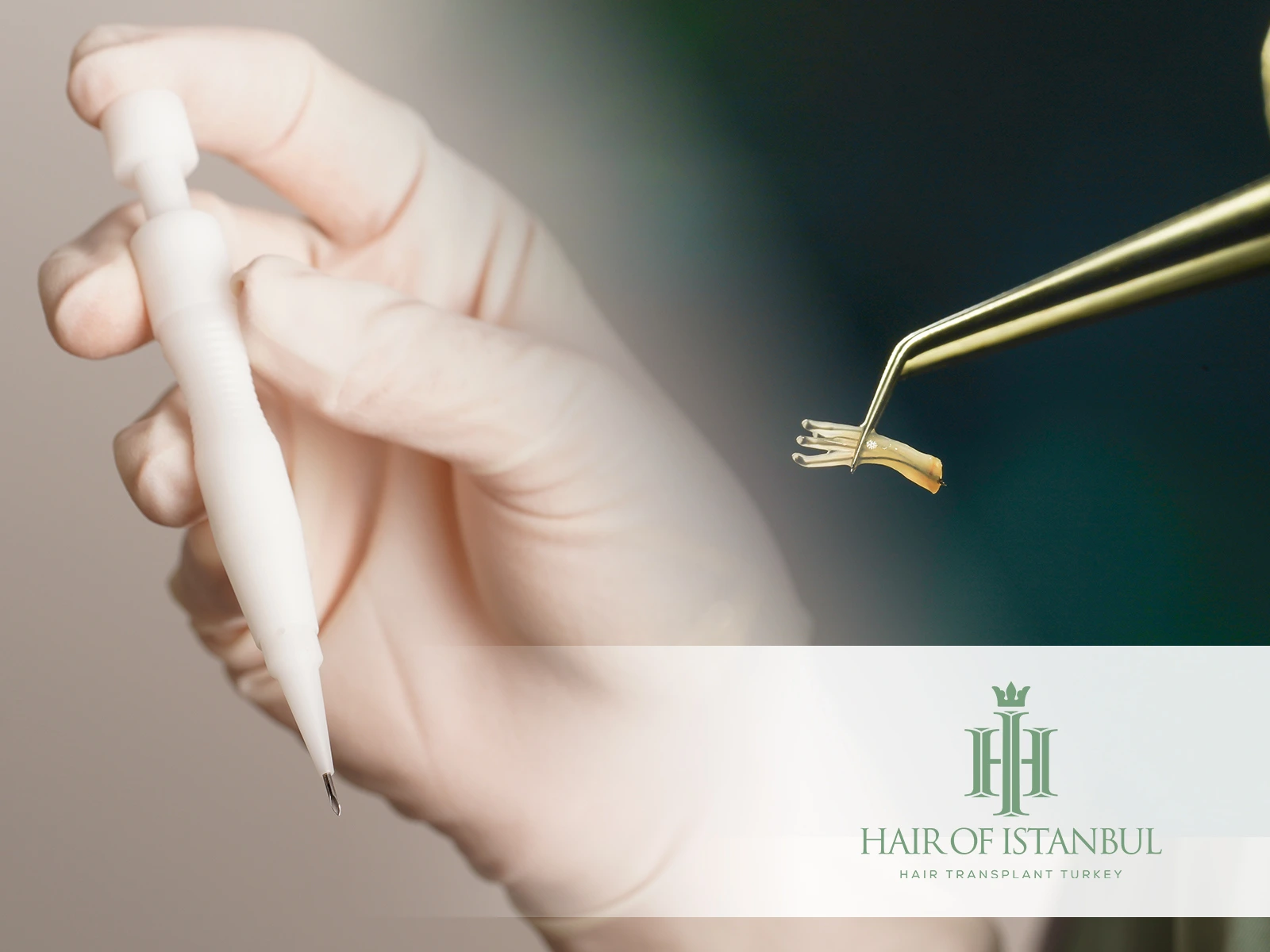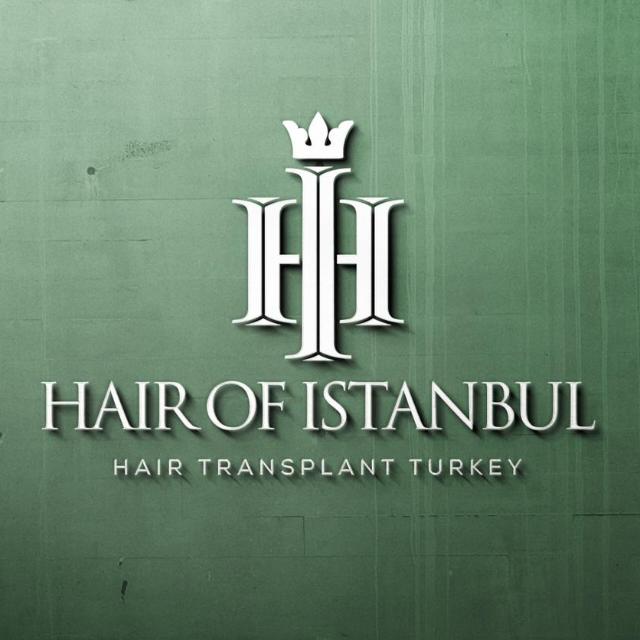Can You Get A Hair Transplant If You Are Completely Bald?
Many wonder, “can you get a hair transplant” even if your scalp shows no signs of hair at all. This query is not uncommon, as losing hair can be a significant concern for many. Exploring hair restoration options leads to a crucial consideration: the state of baldness. Advancements in hair transplant technology may offer hope, but the specifics are nuanced.
This article delves into the possibilities and limitations of restoring hair where none remains. Stay tuned to uncover whether “if you are completely bald,” a transplant remains a viable option. This exploration might just change the way you think about hair restoration.
Can You Be Too Bald for a Hair Transplant?
When considering a hair transplant, the extent of baldness is crucial, but not necessarily a limiting factor. Patients often wonder if frequent transplants are feasible; the answer largely depends on the availability of sufficient donor grafts rather than just the size of the bald area.
Sparse transplantations can be easier to perform, offering a viable option for those with limited donor sites. Ultimately, successful hair restoration hinges on having enough healthy grafts to cover the desired areas.
Who is Too Bald to Have a Hair Transplant?
Hair transplants are generally a viable option for many individuals, though there are specific criteria that must be met. It’s important to understand that not everyone will be an ideal candidate for this procedure. [1]
Here’s a table summarizing the scenarios where a hair transplant might be challenging:
| Insufficient Graft Numbers | Limited donor hair availability. |
| Frequent Transplant Aspirations | High expectations of repeated procedures. |
| Extensive Hair Loss (to the nape) | Significant balding extending to the back of head. |
Despite these challenges, a lack of sufficient grafts doesn’t spell the end of options. There is always a glimmer of hope with advancements in hair restoration technologies.
Also Read: Alcohol After Hair Transplant: Understanding the Impacts!
Which Body Parts Can Be Used As A Donor Area?
In some cases, hair transplants can utilize hair from various parts of the body, not just the scalp. This broadens the options for those with limited scalp donor hair. [2]
Here’s a table outlining different body parts that can serve as potential donor sites for hair transplants:
| Chest Hair | Thick and resilient, suitable for coverage. |
| Leg Hair | Lighter and softer, used for finer detailing. |
| Beard | Dense and robust, ideal for significant fill. |
| Abdominal Hair | Less common, but usable for small patches. |
Evaluation Of Suitability For Hair Transplantation
Determining whether a hair transplant is feasible depends on several factors related to the degree and nature of hair loss. Here we categorize situations to clearly outline when a hair transplant can or cannot be performed. [3]
Below is a table that lists conditions that are either suitable or unsuitable for hair transplantation:
| Suitable for Hair Transplant | Unsuitable for Hair Transplant |
| Norwood scale below 6 | Norwood scale above 6 |
| Sufficient follicular units available | Insufficient follicular units |
| Safe donor area unaffected by hair loss | Safe donor area affected by hair loss |
| Currently undergoing chemotherapy or pregnancy |
Also Read: When Can I Exercise After Hair Transplant? Learn the Right Time!
Which Methods are Best for a Completely Bald Hair Transplant?
If a doctor confirms eligibility, FUE (Follicular Unit Extraction) and DHI (Direct Hair Implantation) are prime methods for individuals who are completely bald. These techniques not only adapt well to various balding patterns but also excel in areas of extensive hair loss.
Particularly, DHI can implant more grafts per square centimeter, making it suitable for those seeking denser outcomes. Each method offers unique benefits, ensuring that the approach is tailored to the individual’s needs for optimal results.
How Many Grafts Do I Need If I Am Completely Bald?
For individuals who are completely bald and seeking to achieve an average density across the scalp, approximately 7,000 to 8,000 grafts are typically necessary. This substantial number allows for comprehensive coverage, effectively transforming a bald scalp into one with evenly distributed hair.
The process involves meticulous placement to ensure natural-looking results, emphasizing uniformity and density. Assessing the donor area’s capacity is crucial, as it must support the extraction of thousands of grafts.
Overall, while the number might seem large, advanced techniques in hair transplantation make such extensive procedures possible, promising significant cosmetic enhancement.
How Much Hair Can Be Transplanted?
In the realm of hair transplantation, up to 5,000 grafts can be transplanted in a single session, subject to the availability of sufficient donor hair. If more grafts are needed to achieve the desired fullness, additional sessions can be planned.
This phased approach allows for optimal recovery between sessions and ensures a dense, natural appearance. The technique enables a gradual but definitive transition away from baldness, providing a lasting solution to hair loss.
Thus, even those with significant balding can look forward to regaining a full head of hair through carefully scheduled transplantation sessions.
Also Read: How Hair Loss Affects Self Esteem: Strategies to Cope!
CONCLUSION
In addressing whether you can get a hair transplant if you are completely bald, it’s crucial to consult with a specialist. At Hair of Istanbul, we pride ourselves on our depth of knowledge and extensive experience in managing such cases. While not every completely bald individual is a candidate for hair transplantation, our expertise allows us to offer tailored solutions based on a thorough evaluation.
A visit to our clinic ensures that you receive a comprehensive assessment to determine the best course of action for your unique situation. Hair of Istanbul is dedicated to employing cutting-edge technologies and methods to enhance the potential for successful outcomes, even in challenging cases.
We encourage anyone considering a hair transplant to schedule a consultation. At Hair of Istanbul, our commitment is not just to treat but to provide honest, expert advice, ensuring that each patient’s journey towards hair restoration is handled with utmost care and professionalism.
References:
- [1] Aura Skin Institute, Sep 24, 2018 – Can a Totally Bald Person Have A Hair Transplant? – https://www.auraskininstitute.com/blog/post/can-a-totally-bald-person-have-a-hair-transplant/
- [2] Business Standard, Feb 8, 2021 – Can I Get A Hair Transplant in Turkey If I’m Bald? – https://www.business-standard.com/content/specials/can-i-get-a-hair-transplant-in-turkey-if-i-m-bald-121020801359_1.html
- [3] Indian J Plast Surgery, Dec 20, 2021 – Is Every Patient of Hair Loss a Candidate for Hair Transplant? Deciding Surgical Candidacy in Pattern Hair Loss – https://www.ncbi.nlm.nih.gov/pmc/articles/PMC8719975/

